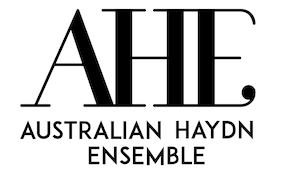Having previously recorded Beethoven’s complete violin sonatas with Corey Cerovsek, as well as some fairly uncompromising 20th-century works, including pieces by Boulez, Bartók and Rautavaara, Paavali Jumpanen has released a two-disc set of Beethoven’s piano sonatas. He’s chosen some of the very earliest works in the Op 2 set, as well as the Sonata in A Major, Op 101, and he concludes with the monumental Hammerklavier.
Jumpanen’s approach to these pieces is highly convincing; in the early sonatas, he reminds us that they were dedicated to Haydn through a thoroughly Classical reading of the works. However, there’s an intensity behind the elegance that’s refreshing. It’s clear that Jumppanen realises that Beethoven was already pushing the boundaries of the Classical style, showing a firm understanding of the works’ progressive nature.
The Sonata in F Minor begins with an arpeggiated melody highly reminiscent of Haydn himself, but it’s only a short time before the storm clouds gather. Take for example, the passionate last movement, which is full of gestures that signify what was to come for Beethoven’s stylistic development – we hear crashing bass chords paired with rapid-fire scalic passages.
The Sonata in A is a more restrained work, and it’s worthwhile listening to hear how Jumpannen finely controls the stop-start nature of the slow movement which could so easily fall apart in a lesser pianist’s hands. Finally, the Sonata in C Major takes off at enormous speed, and it’s with wonderfully coy trills and runs that Jumppanen shows us again the more extroverted side of Beethoven.
The second disc begins with the warmly pastoral Sonata in A Major Op. 101, widely recognised as being the first of Beethoven’s late period piano works. Jumppanen writes in the liner notes that the finale “comes across as a testimony of an imagined community’s strength being reinforced by having successfully overcome a challenge”. Those challenges include this sonata’s requirements for separating multiple voices in both canonic and fugal sections, as well as maintaining a warm and singing tone even in the most powerful sections. It’s safe to say that Paavali Jumppanen has mastered the task.
The recital closes with the Hammerklavier. It’s fascinating to hear how Jumppanen can maintain a musical mood successfully – the sense of expectation in the opening of the last movement meant that I found myself holding my breath in delighted anticipation. Not to be missed.












Comments
Log in to join the conversation.